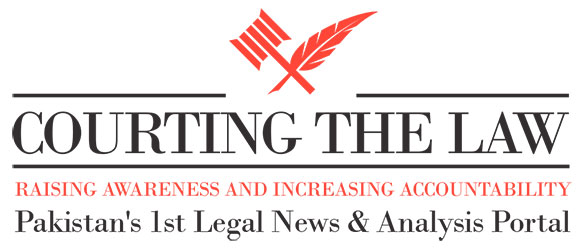The classroom is no longer an analogue haven. At a time when generative AI can write essays, summarise case law, and imitate legal reasoning with fluency, the legal academy responds not by seeking reform but by resorting to regulation. Its reactions have been immediate, punitive, and largely superficial. Universities are hastily updating academic codes of conduct, deploying detection tools like Turnitin, and routinely issuing warnings of disciplinary consequences for students who rely on AI.
However, plagiarism is not the problem. The real crisis lies in how legal education is failing to confront the impact of AI on legal reasoning itself. Law schools have seized on misconduct detection as a proxy metric for ethics, viewing AI as a crisis to be policed rather than a pedagogical inflection point in need of thoughtful reform. The deeper shifts in cognition, professional identity, and institutional responsibility have been left unaddressed.
Generative AI is not just a tool that students utilise to evade effort. It is becoming an epistemic agent within the learning process. The outsourcing of case analysis to language models trained on statistical probabilities rather than jurisprudential principles results in a loss of critical thinking ability and judgment. The law is interpretative and contextual; however, learners are being conditioned to think of law as an automated output. Fluency is being confused with accuracy, speed with depth, and answers with understanding.
This decline is not by chance or student actions. Institutions have made AI use a normal part of teaching, learning, and assessment, without consent or proper explanation. AI is now used to grade, check plagiarism, and give feedback, which makes it look like approval is automatic. The lack of openness in automated systems creates an ethical problem. In such hidden processes, students are still expected to follow the rules of honesty and integrity.
By taking a strict and watchful stance against AI, legal education moves into the same passivity it should be avoiding in the first place. When focus is only upon detection, law schools fail in their role of teaching the ethical and knowledge perspectives of AI. This focus on surveillance turns ethics into simple rule-following instead of promoting critical thinking or professional judgment.
The consequences are not limited to the classroom. The habits formed during legal education shape how future lawyers will engage with AI in professional settings. Unless they are taught about the ethical dangers of automated legal technology early on, graduates will find themselves carrying blind faith in generative AI into contexts where the consequences are significantly more serious. From risk assessments and sentencing algorithms to AI-generated legal memos, the professional terrain demands far greater discernment than the legal education currently prepares students for.
This is the ethics pipeline that remains broken. The problem is not simply that students may cheat with AI, but that they may learn to depend on it uncritically. That dependence undermines the ability to question, to contextualise, and to interpret — the very foundations of legal thought. The responsibility to address this does not lie solely with students. Institutions must recognise their complicity in constructing an AI-infused pedagogy without ethical scaffolding.
Legal education must reclaim judgment as a core competency. This begins by rejecting the notion that AI is merely a detection challenge. Instead, AI should be framed as a site of inquiry. Students should be taught to ask what knowledge models like ChatGPT actually produce, how probabilistic language differs from legal reasoning, and where responsibility lies when machine outputs mislead. The goal is not to ban AI from the classroom but to teach with and about it, critically and transparently.
A truly ethical pedagogy will require institutions to build capacity. Course syllabi must disclose AI’s role in assessment and instruction. Students should have the right to give informed consent regarding the use of automated tools in grading or evaluation. Assignments should include scenarios that require students to critique AI outputs rather than accept them. And ethics must be treated as a graduate attribute, not a disciplinary afterthought.
This is not a call for techno-solutionism. Nor is it an alarmist rejection of progress. It is a demand for legal education to engage in ethical design rather than ethical avoidance. The profession being trained today will soon face questions about AI-generated bias, liability for automated legal advice, and the legitimacy of algorithmic decision-making in courtrooms. Law schools cannot afford to send them into that future armed only with detection software and disciplinary warnings.
To prepare lawyers who can navigate, critique, and even co-create the legal technologies of tomorrow, education must start with accountability today. Plagiarism is not the problem. The failure to imagine a richer, more reflexive, and ethically grounded relationship between humans and machines is. The classroom must become the first site where that relationship is interrogated. Not to catch misconduct, but to build the moral and intellectual architecture of future legal practice.

